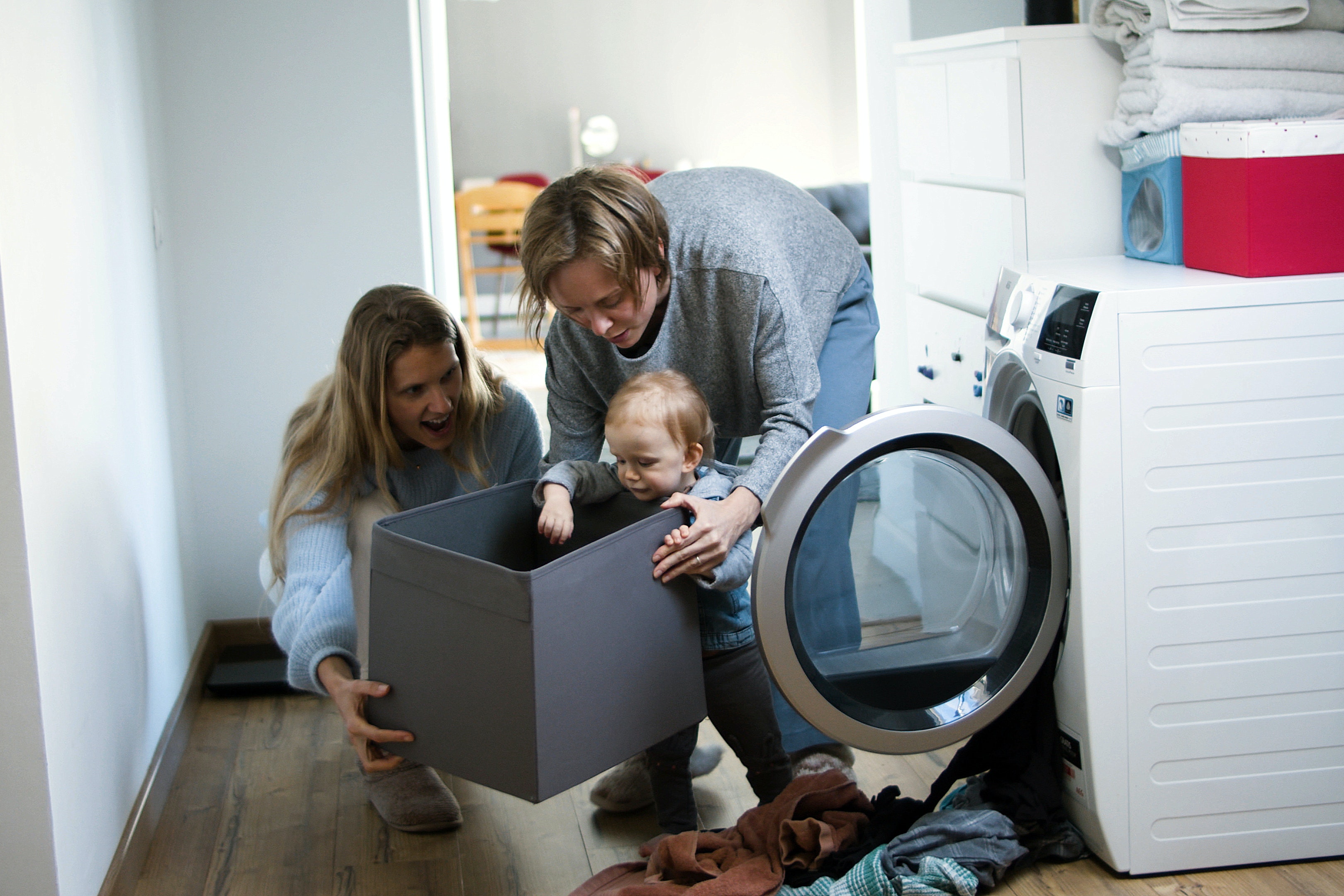
Energy Efficient Appliances
Energy-efficient appliances for your home
As you move into your new home, you might also be considering buying updated appliances for your home.
The Australian Government’s 2022 guide to Environmentally Sustainable Homes states that household appliances account for an average of 25% of total residential energy consumption across Australia. Fridges, freezers, clothes dryers, televisions, and home entertainment equipment are among the many contributors to these mounting expenses. Many of these appliances last for over five-eight years, some even ten. Whether you are buying new appliances or replacing old ones, it is a good exercise to review each appliance, understand its features, and be able to make an informed decision to reduce energy consumption and allied costs.
With so many choices available in the market, how do we judge which one is right for our needs and ensure we buy the most energy efficient appliances for our homes? Here is a quick guide:
Check the energy labels
The government’s Equipment Energy Efficiency Program provides two types of labels for large appliances - energy consumption labels and star rating labels, which are applicable to air conditioners, televisions, computer monitors, dishwashers, refrigerators, freezers, washing machines and dryers.
The energy consumption labels show the annual consumption under standard test conditions, while the star ratings help you to compare the energy efficiency of similar models with the same size and ability. You can check both these ratings and compare appliances and their brands using the Energy rating App before you make your decision. The star rating calculations are updated periodically which can mean that a 5-star model from the 2000s could now only score 2 or 3 stars. Hence, it is recommended to check the latest ratings and calculation metrics to help choose models with better energy efficiency.
Is the size, right?
Larger models with a similar star rating as the smaller model use comparatively more energy, thereby increasing running costs. When selecting an appliance, consider the lifetime cost and not the continuous operating costs as this might quickly exceed the original purchase price. It is also advised that you change your older machines to newer models, as they would be more energy and water efficient. The size of the appliance should also be defined by the space within your home. For instance, a bigger television in a smaller room would consume more energy for picture pixelation as compared to a model size suited to the room.
Is it smart?
We are currently living in the world of smart appliances. Buying smart appliances for your home provides more control in your hands while helping you be more energy efficient. Many smart devices include sleep or auto-off features that ensure they turn off automatically, helping to optimise energy usage while maintaining performance. Smart appliances can also be connected to smart devices which help you control their usage remotely, giving you the power to turn them off when not in use. You can also connect your smart appliances to smart metres or home energy management systems to help monitor their usage and energy costs, helping you plan your use accordingly.
Understanding the features
Your appliance's energy consumption is also influenced by the functions it includes. While some built-in features can help save energy, they can also be a disadvantage. For instance, an LED or OLED television is more energy efficient as they use screens with backlighting and can provide good viewing experiences even with reduced brightness while a fridge with an icemaker may use more energy than other normal models. It is always a good option to consider the various features and their benefit to you and select appliances that help you save on energy costs.
So, a few simple, yet effective energy efficient considerations prior to purchasing will help you save money now and into the future.
